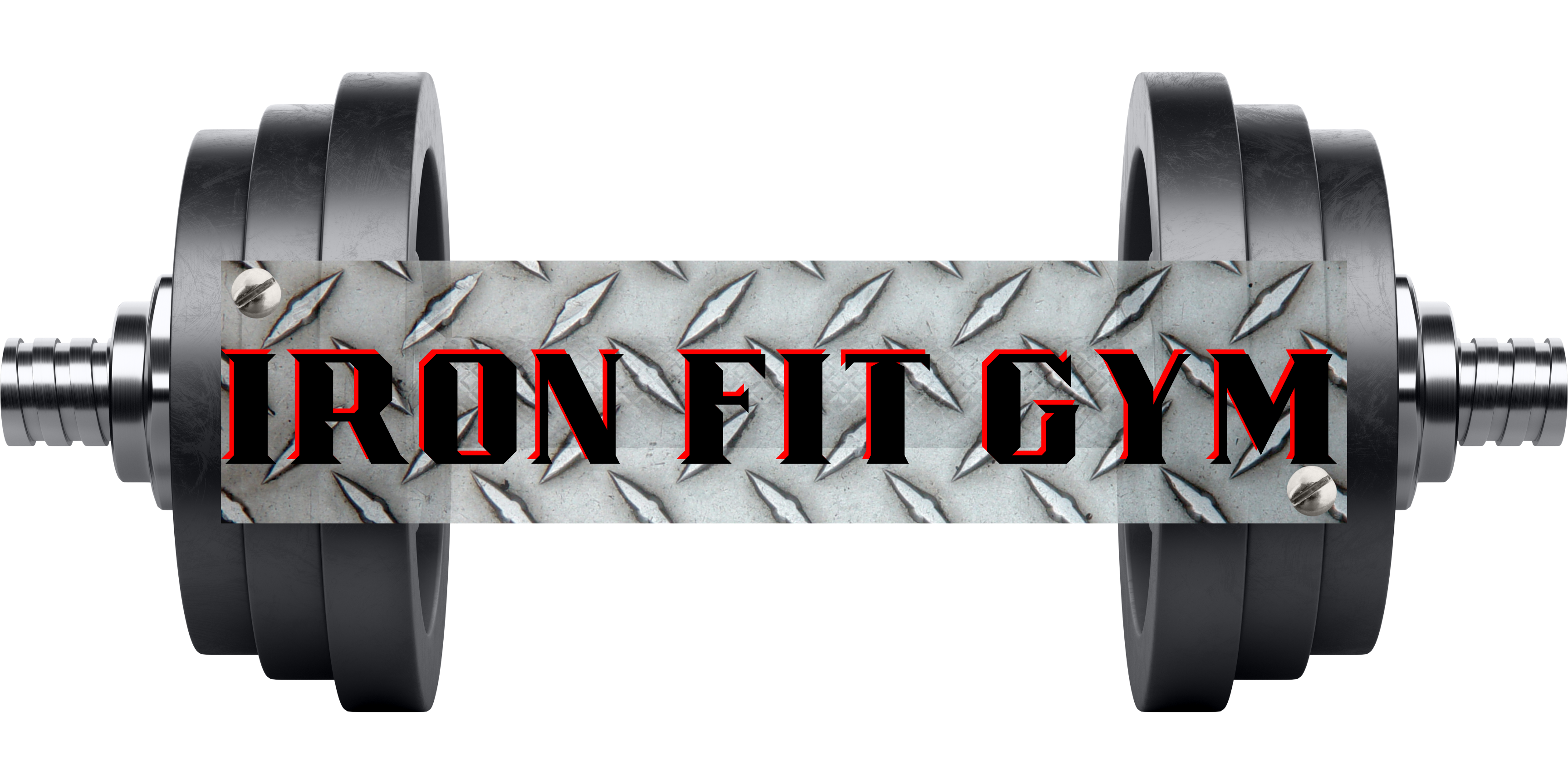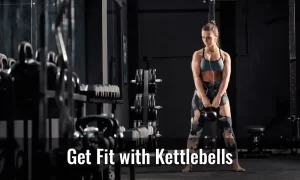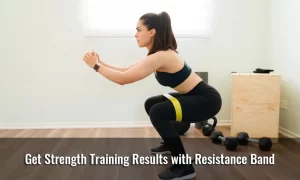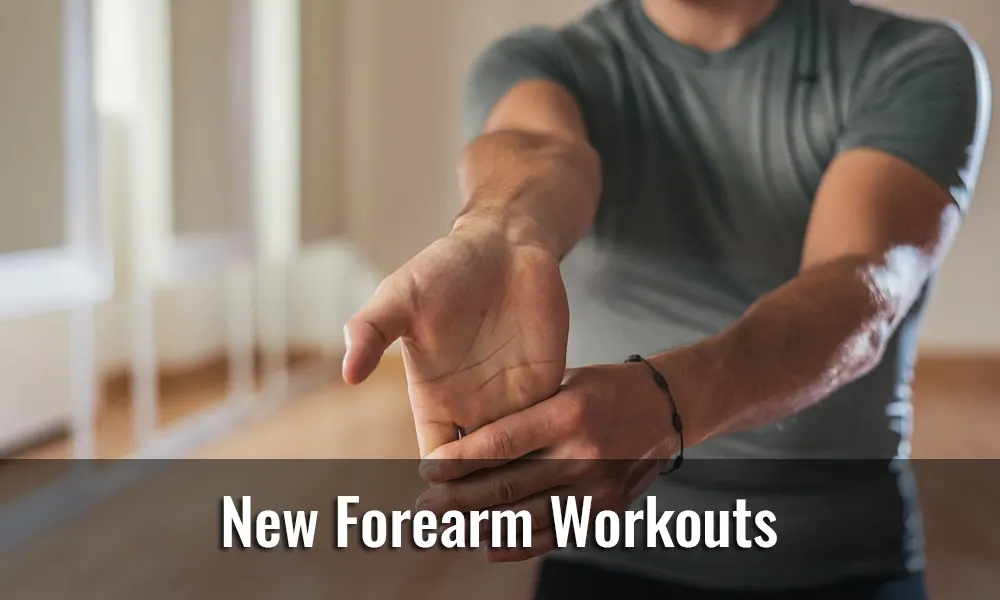
New Forearm Workouts
Table of Contents
What Kind of Forearms Do You Have?
Your forearms are made up of two long bones: the radius and the ulna, which are located between the elbow and the wrist. The radioulnar joint is formed when these bones come together and are linked by the interosseous membrane.
Muscles of the Forearm
The flexors and extensors of the digits are among the tiny groupings of muscles that make up your forearm. The flexor of the elbow (brachioradialis), pronators, and supinators, which turn the hand up or down, are also found in your lower arms.
The radial nerve supplies the extensors of the hands, which are located in the posterior compartment. The flexors are located in the anterior compartment, which is primarily supplied by the median nerve.
Arteries
The radial and ulnar arteries are the two primary arteries in the forearms. These are responsible for supplying blood to the forearm. These frequently go down the entire forearm on the anterior aspect of the radius and ulna.
Build Huge Forearms with These Exercises
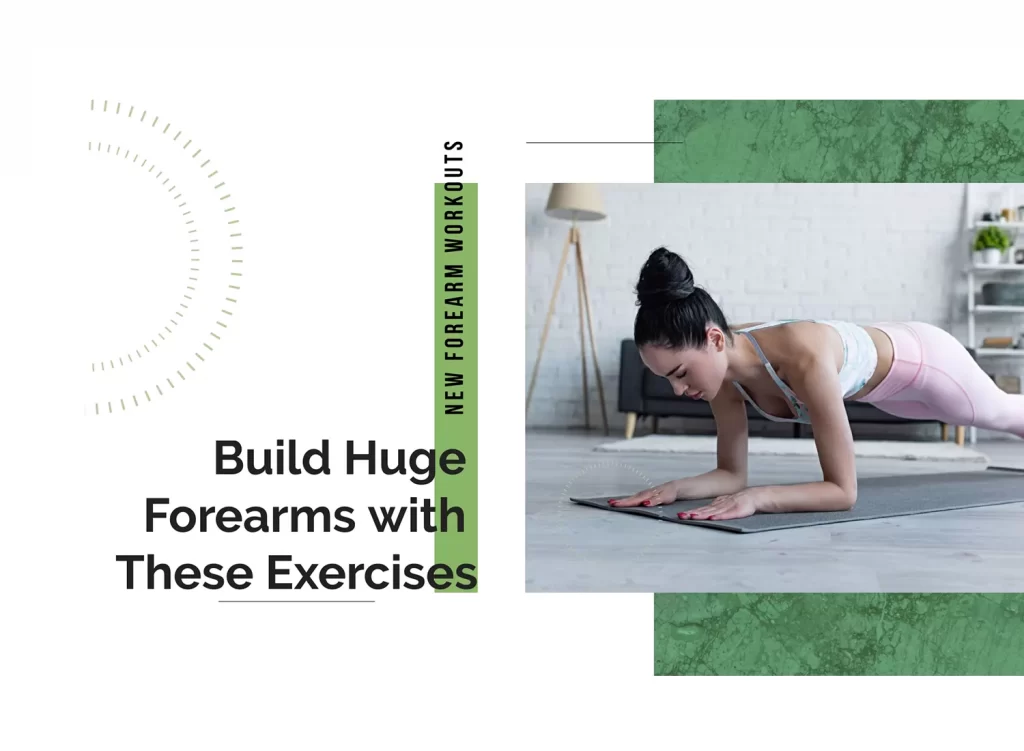
You should be able to hit the greatest forearm workouts like a deadset pro now that you know what the forearm is made of. Start extending those extensors to get the blood flowing.
The finest forearm workouts and exercises for bulk are shown here.
1. Tone Your Wrists with Dumbbell Wrist Flexion
The Dumbbell Wrist Flexion is a great complement to any forearm workout, even though it is a simple action. The action focuses on and strengthens your wrist flexors, which are important for grip strength. Perform a Dumbbell Wrist Flexion with precision.
- Place a dumbbell in your right hand and sit on the edge of a bench.
- Place your right forearm on your right thigh, and the back of your right wrist against your right kneecap.
- Slowly descend the dumbbell as far as you can while keeping a firm hold throughout the exercise, concentrating on isolating only your hand.
- Curl the weight toward your bicep without moving your arm off the thigh.
- Return the dumbbell to neutral by slowly lowering it.
- Reverse the process.
2. Dumbbell Wrist Extension – Gain Strength and Power
This is essentially the opposite of the last forearm exercise. The minor adjustment allows you to work on your wrist extensor muscles, which will help you strengthen your forearm muscles. To correctly do a Dumbbell Wrist Extension;
- Place a dumbbell in your right hand and sit on the edge of a bench.
- Place your right forearm on top of your right kneecap, palm down.
- Curl the dumbbell as far as you can towards your bicep while concentrating on isolating only your hand.
- Return the dumbbell to neutral by slowly lowering it.
- Reverse the process.
3. Curl in the opposite direction
Although the barbell curl may already be a part of your training routine, merely turning the bar may drastically alter the contour of your upper body. The reverse curl is one of the greatest forearm workouts you can do, improving blood flow and strengthening a muscle region that is typically overlooked. Try not to let your ego get the best of you; it’s preferable to take it easy on these. To successfully do a Reverse Curl;
- Grasp the bar with your palms facing down and overhand at shoulder width.
- Curl the bar slowly while keeping your upper arms against your sides.
- Squeeze your front delts when the tops of your hands reach them.
- Maintain tension as you slowly lower the bar back to its starting position.
4. Hammer Curl for stronger arms
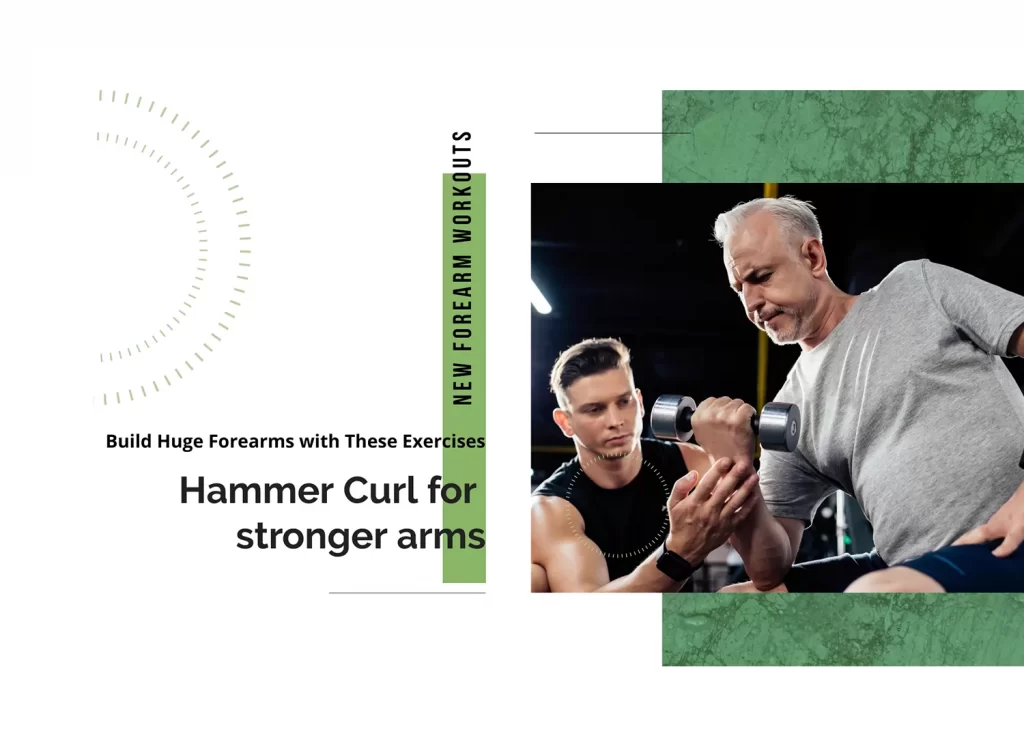
The Hammer Curl is a complex exercise that allows you to concentrate lower arm muscles through a contraction. It is mostly a biceps workout. The Hammer Curl is not only one of the greatest forearm muscle exercises, but it should also be included in all of your arm workouts. How to do a Hammer Curl
- Stand tall with your arms straight and palms facing your chest while holding two dumbbells on either side of your body.
- Raise one dumbbell until the forearm is parallel to the floor and the thumb is pointing at the shoulder. Squeeze the biceps and hold the movement for a second.
- Lower the dumbbell slowly back to the starting position and repeat with the opposite arm.
5. Farmers Walk. The Ultimate Full Body Workout.
The Farmer’s Walk is one of the most fundamental forearm workouts, and you’ve probably done it accidentally. The action strengthens your wrist and finger flexors while also engaging a variety of other muscles in your body. Increase the quantity of groceries you can carry with this one. Accurately conduct a Farmer’s Walk
- Hold a pair of heavy dumbbells at your sides, palms facing in, and stand with your feet shoulder-width apart.
- Keep your core strong and your spine straight as you walk in a straight line with your shoulders engaged.
- Repeat.
6. Build Bigger Biceps w/ EZ-Bar Curls
The EZ-Bar Preacher Curl is a useful addition to your best forearm training plan, even if you already have it firmly embedded in your bicep workout. The elbow’s contraction delivers strain to the key muscle groups in the lower arm, helping you to grow bulk and muscular mass. To accurately do the EZ-Bar Preacher Curl;
- Sit on a preacher bench with your arms outstretched and an EZ-curl bar at shoulder width.
- Curl the bar, keeping the backs of your arms against the bench while maintaining a tiny bend in your elbow.
- At the very top, flex.
- Return the bar to its starting position slowly.
- Repeat
7. Behind-the-Back Cable Curl Exercise
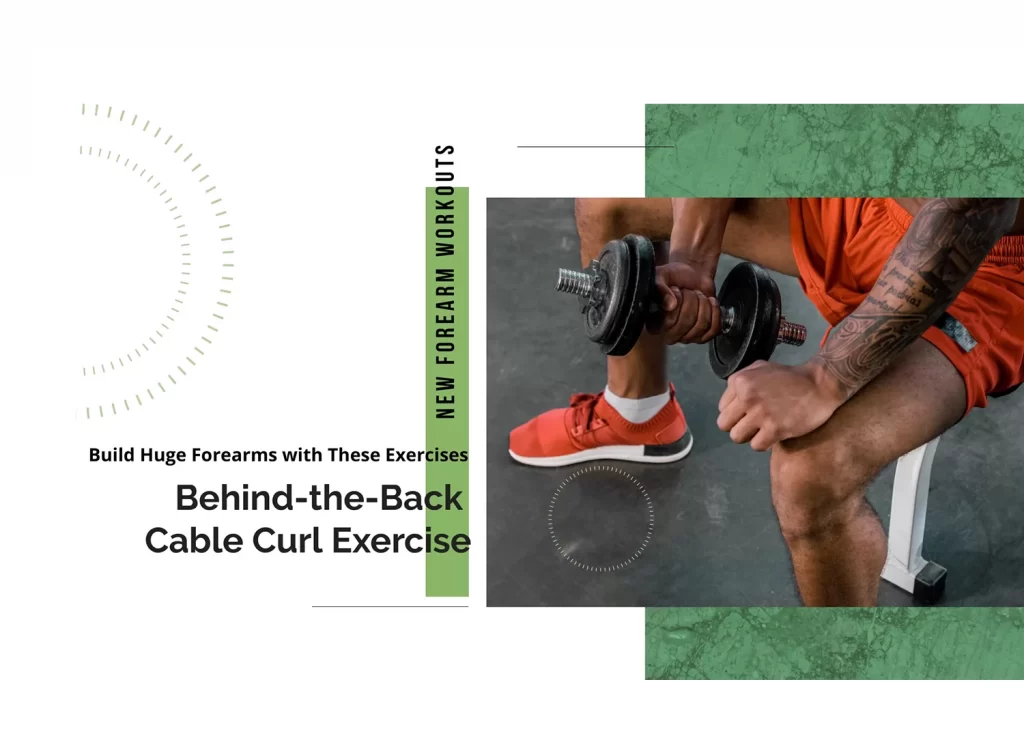
The Behind-the-back Cable Curl is another forearm exercise that improves blood flow by contracting the brachioradialis. It will take some time to set up, but it is well worth it. The movement is similar to a regular curl, except it begins in an over-directed stance, emphasizing elbow contraction for more forearm engagement. To efficiently do a Behind-the-Back Cable Curl;
- Connect a D-handle to a cable machine’s low pulley.
- In your left hand, grasp the handle.
- Take a big step forward, making sure the wire is taut and your arm is somewhat behind your body.
- Curl the handle, but keep your elbow from pointing forward.
See also Get Fit with Kettlebells
Questions Most Frequently Asked
Ways to avoid muscular spasms in the forearms after a workout?
Muscle spasms (also known as muscular cramps) are painful muscle contractions and tightness. They’re frequent, uncontrollable, and unpredictably so. Although there are strategies for preventing muscle spasms and treating them when they occur, they are not always effective. Muscle relaxants, stretching, and massage are likely to be beneficial.
How often should you work on your forearms?
Forearms should be exercised 1-2 times a week for beginners. Begin with one weekly session and reap the benefits. If your growth becomes stagnant (which is expected to happen after 6-9 months), you can add another session.
What exercises are beneficial to the forearms?
- Barbell Reverse Biceps Curl
- Wrist Roller
- Behind-The-Back Barbell Wrist Curl
- Plate Pinch
- Towel Pull-Up
- Fat Grip Biceps Curl
- Three-Way Chin-Up Hold
- Trap Bar Deadlift to Carry
- Hammer Curl
- Bottoms Up Kettlebell Carry
What are the greatest exercises for women’s forearms?
- Dumbbell wrist curl. You can do the single dumbbell wrist curl at home or in the gym
- Reverse wrist curl
- Plate pinches
- Farmer’s carry
Is it necessary to exercise your forearms?
Stretch and strengthen the muscles that span your hands, wrists, and elbows with forearm exercises. … Grip strength, which is linked to upper body strength, is improved by strengthening your forearms. In ordinary life and during sports action, a strong grasp helps you carry, hold, and lift goods.
See also Metabolic Workouts and Its Benefits
